Slimbridge but not slim pickings
- gileslury
- Nov 28, 2022
- 2 min read

Having finally got round to joining the RSPB, I got in contact with my local branch in Watford knowing that it was fairly active group. All of which led to me sitting on a coach early on a Sunday morning heading down to Slimbridge Wetland Centre.


I was to spend a very pleasant day strolling around the centre, sitting in their wonderful array of hides and meeting and chatting to friendly fellow members. (and even nabbing a read of one of their Sunday papers on the coach – for which I repeat my thanks)
As I hoped I got to see lots of birds, some species I have regularly seen but many of which I hadn’t seen in the ‘wild’ before.
While hopefully the photographs littering this blog show this variety. Three of these ‘new-to-me’ species really stand out – Pintails, Teals and a Water Rail.

Pintails caught my eye as a really elegant duck. Their plumage, especially the male’s, is a sophisticated palette; a chocolate-brown head, a clotted-cream belly, dove-grey flanks and some beautiful black on brown patterning on the wings. Of course there is then the pin-shaped tail that gives the species its name.








For the first part of the day, it was also wonderfully bright and sunny, encouraging me to try and capture some of them in flight.


The second species that really captured my eye were the Teal, with of course the teal colour flash of feathers on their side and around the eye socket. Again, this was really brought out in the sunlight which gave the teal an almost metallic sheen.
I got to thinking were all birds so obviously named – a pintail with its pintail and a teal because of the teal colouring – much like Crunchie is called crunchie because its honeycomb centre is crunchy and Flake is called Flake because it is a flaky log of chocolate. (Admittedly I’m not sure if Teal are named after the colour or that the duck gave its name to the colour and while I know this is a blog that has a lot to do with birds I’m not going down the chicken or egg route)



The third species I think puts an end to these musings on naming. The Water Rail isn’t shaped like a rail, though some descriptions of its body shape describe it as being ‘flattened laterally’ (like rail tracks), a shape that allows it easier passage through the reed beds it inhabits.
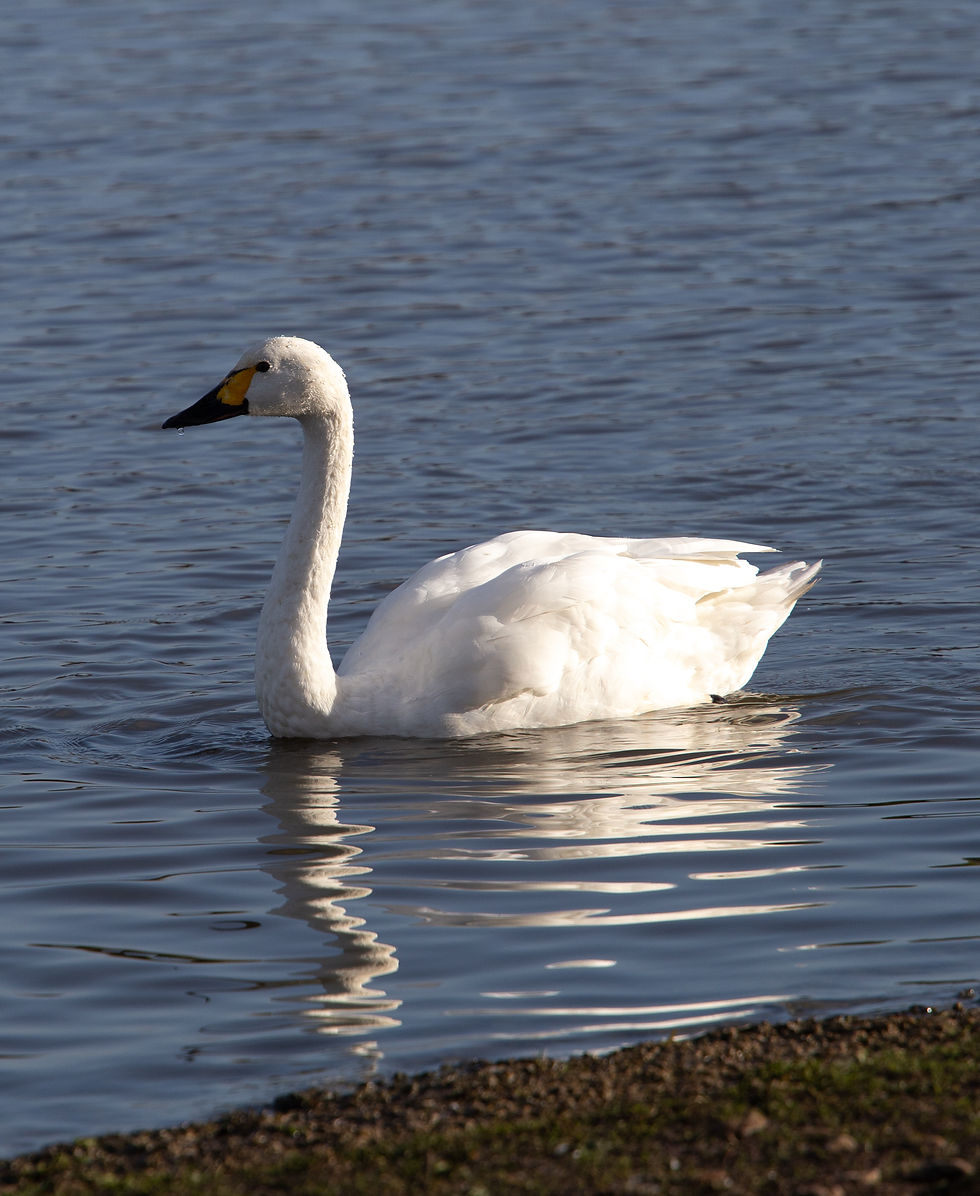

Other birds that probably deserve a special mention were the numerous lapwings, the Berwick Geese, a lone Mandarin Duck and a long time favourite the Avocets.



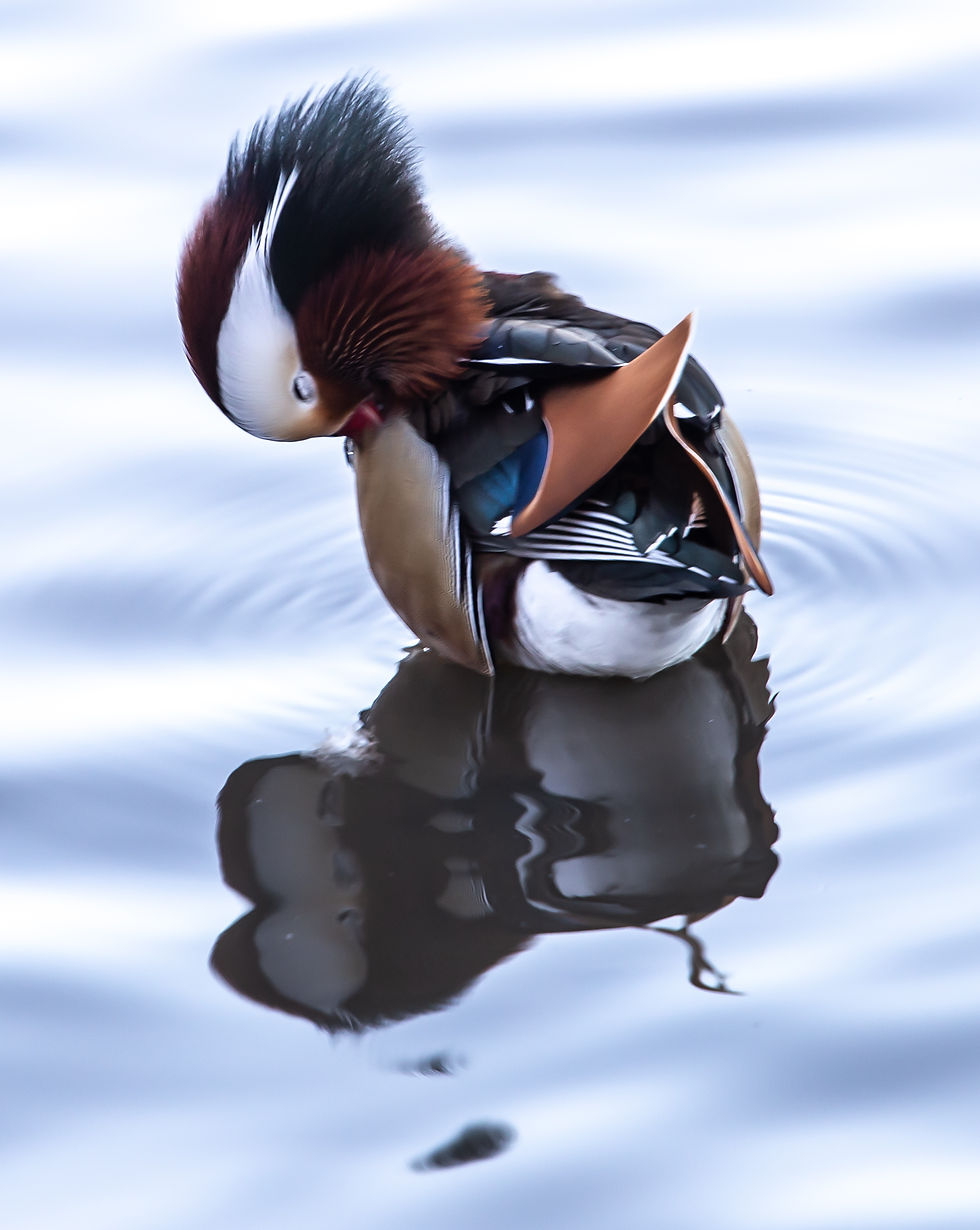
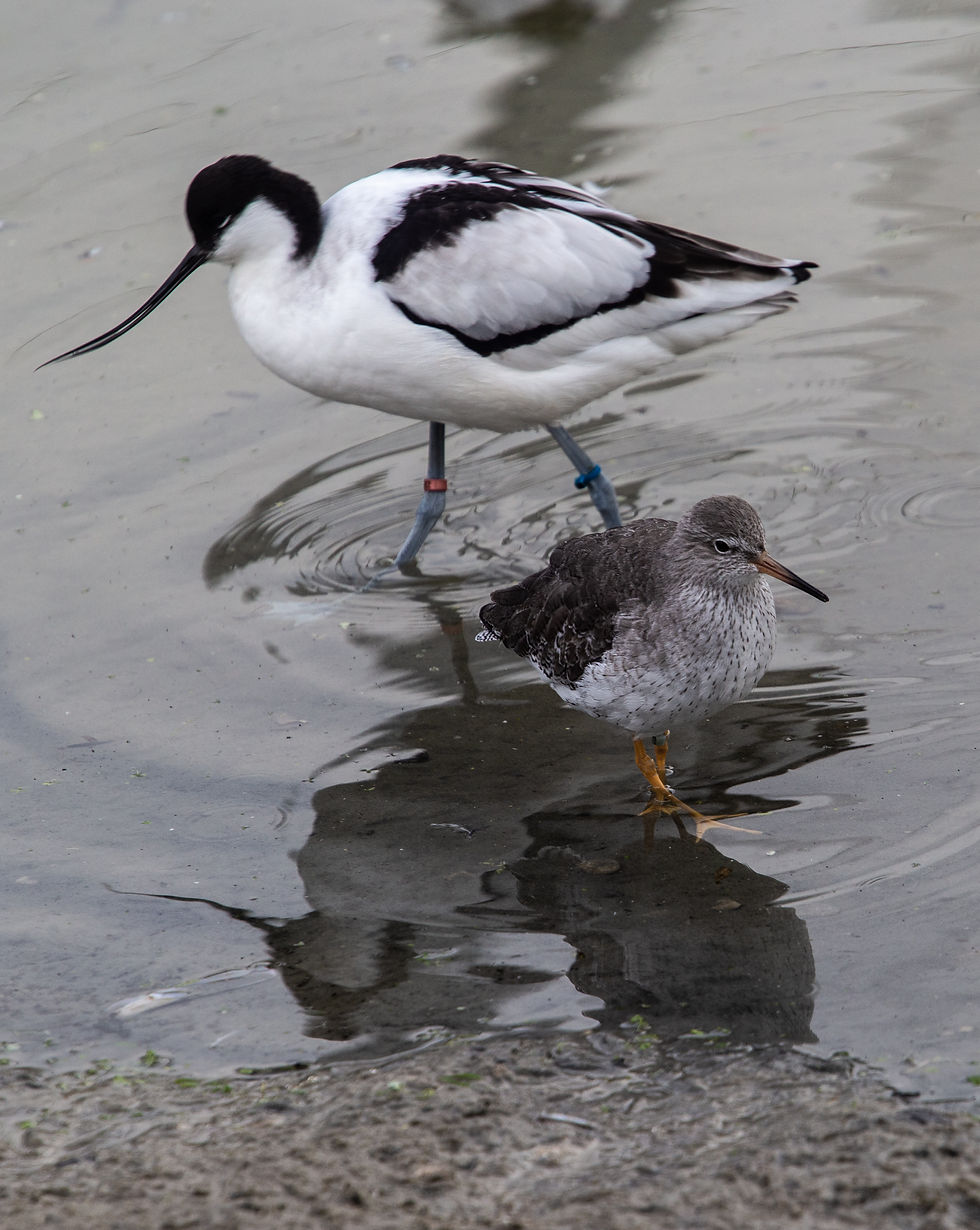
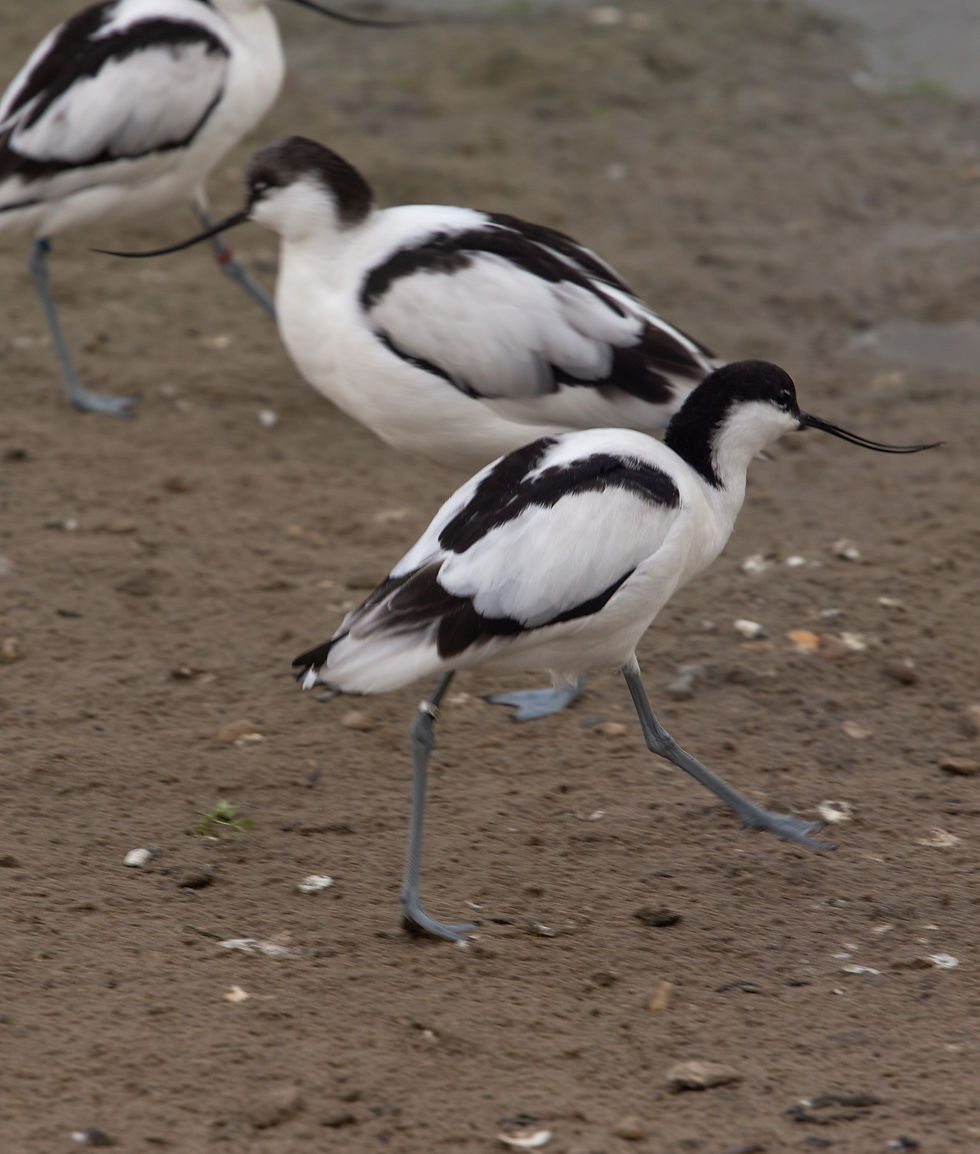
It was a day that was further enlivened as it went through that very British tradition of lots of weather in a single day, from the morning sunshine, we had clouds, then rain, a glorious rainbow and back to sunshine before it the sun set as we were leaving.






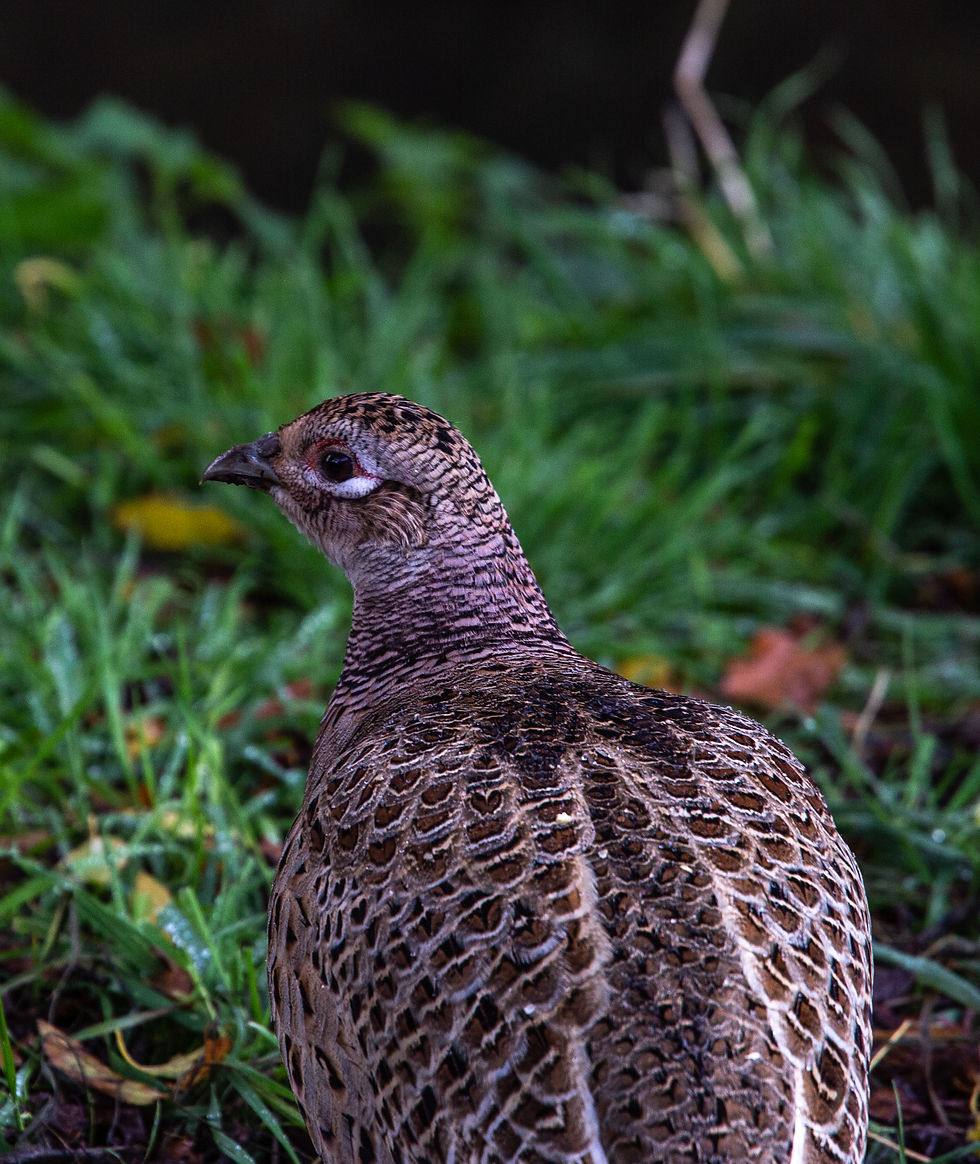




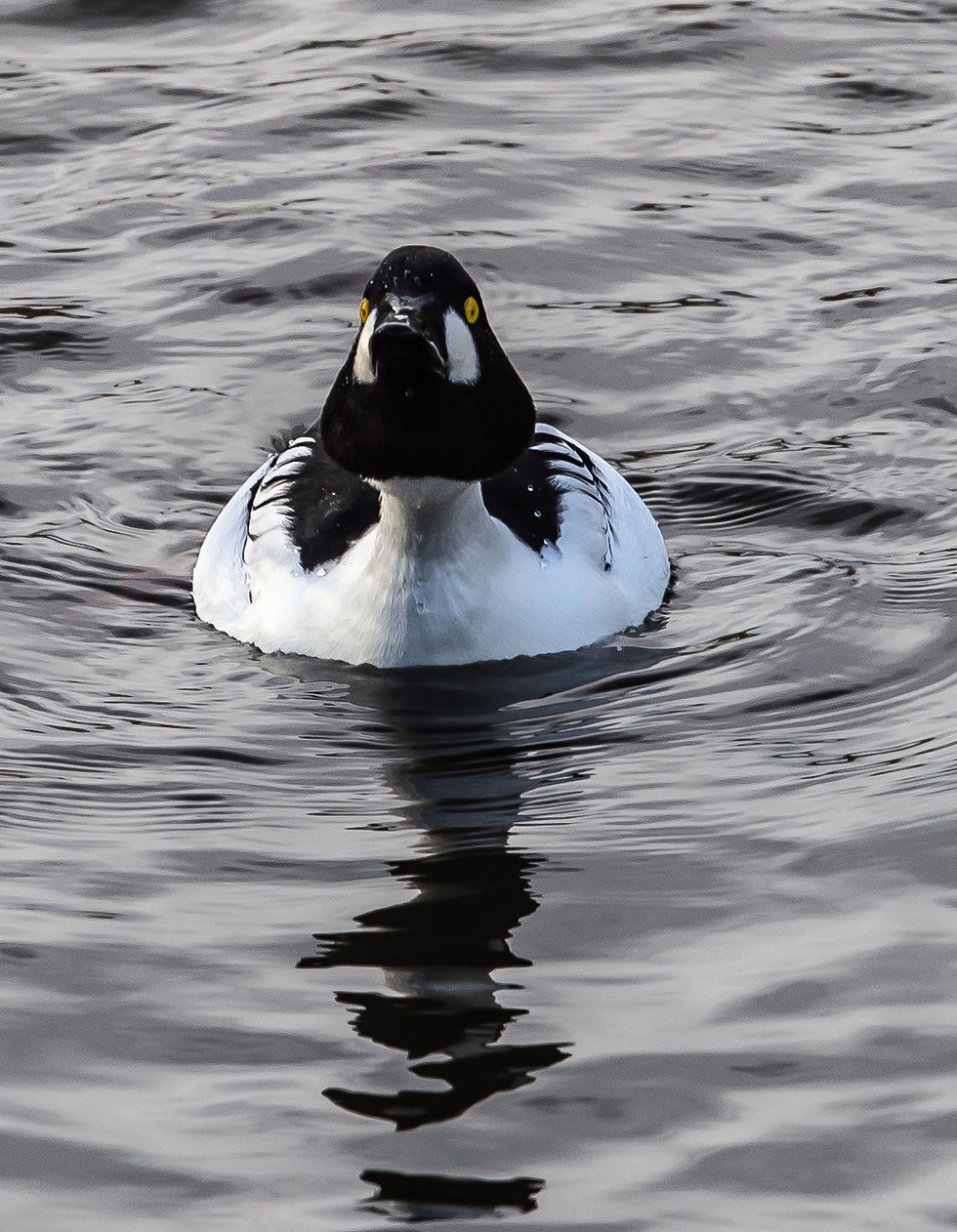

There were other exotic looking birds though many of these are native to these shores but attractive none the less.










Comments